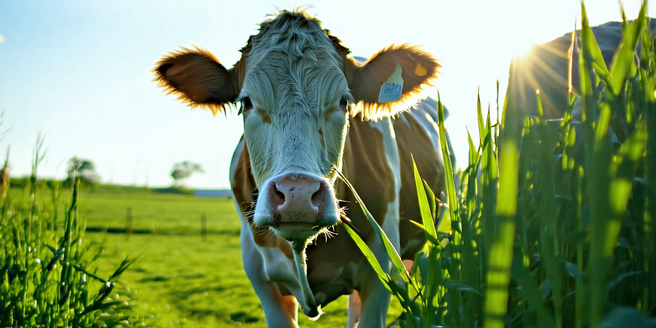
Understanding Heat Stress: Causes and Effects
Heat stress occurs when animals cannot maintain a normal body temperature due to elevated environmental temperatures and humidity. This results in physiological and behavioral challenges that undermine their health and productivity. Causes of heat stress include prolonged exposure to high temperatures, lack of adequate shade or water, and global climate change, which exacerbates these conditions. During heat stress, animals struggle to dissipate excess heat through normal processes like sweating and panting. Effects vary by species but commonly include reduced growth rates, lower reproduction success, and higher mortality rates. Understanding these mechanisms is crucial in developing strategies to protect at-risk populations. Managing heat stress requires not only identifying the causes but also recognizing the profound effects it has on animal health and ecosystems.
Vulnerable Species: Identifying Those Most at Risk
Certain species are more vulnerable to heat stress due to ecological, physiological, and behavioral factors. Animals with limited geographical ranges, such as polar or alpine species, face significant risks as they encounter conditions beyond their physiological limits. Lizards, amphibians, and small mammals with low thermal tolerance are particularly predisposed as they cannot regulate body temperature effectively. Domesticated livestock in tropical regions are also at risk, affecting food security and livelihoods. Identifying the most vulnerable species involves assessing their habitat, historical exposure to heat, and adaptability. This understanding is vital in prioritizing conservation efforts and mitigating potential biodiversity loss, ensuring that effective measures are directed towards those species needing urgent protection against the escalating challenges posed by global temperature rises.
Signs of Heat Stress in Animals
Recognizing heat stress signs in animals is crucial for timely intervention. Common signs include increased panting, drooling, and seeking shade. Animals might exhibit restlessness, reduced feed intake, lethargy, or collapse in severe cases. Physiologically, heat stress can lead to elevated heart rates and respiratory distress. Livestock might show a decline in milk production, growth rates, or fertility. Early detection is critical to prevent irreversible damage or death. Careful observation and awareness of these signs allow livestock owners and wildlife managers to implement measures such as providing shade, adequate water, and cooling systems. Educating animal caretakers on these indicators fosters proactive management strategies, ensuring the welfare of animals under increasing thermal stress due to climate change.
Mitigation Strategies: Protecting Animal Populations
Mitigating the impacts of heat stress on animals involves proactive strategies to safeguard their wellbeing. These include providing adequate shelter, ensuring access to fresh water, and implementing cooling systems like fans or misting devices. For livestock, feed management and dietary adjustments help alleviate thermal stress effects. Selection of heat-tolerant breeds and adjusted breeding programs can enhance resilience. Implementing landscape modifications, such as planting trees, creates natural shade, benefiting both wildlife and livestock. In wildlife conservation, creating corridors for migration helps species adapt by seeking cooler habitats. International cooperation and policy development play a pivotal role in providing resources and frameworks to support these initiatives. Educating communities on heat stress management is essential to ensure sustainable practices are adopted, safeguarding animal populations.
Future Implications: Climate Change and Animal Health
The relationship between climate change and animal health is complex and far-reaching. Rising global temperatures increase the frequency and intensity of heatwaves, directly impacting animal populations. Heat stress exacerbates existing health challenges, leading to decreased immune function, increased susceptibility to diseases, and altered distribution patterns. Ecosystem disruptions affect food and water availability, impacting foraging behavior and reproductive success. Long-term, these stressors can lead to population declines and extinction for some species. The implications are significant for biodiversity, agriculture, and human communities relying on these animals. Addressing climate change’s impact on animal health requires comprehensive adaptation strategies, research, and collaborative efforts worldwide to ensure the continued coexistence and health of diverse species in an increasingly warming world.
